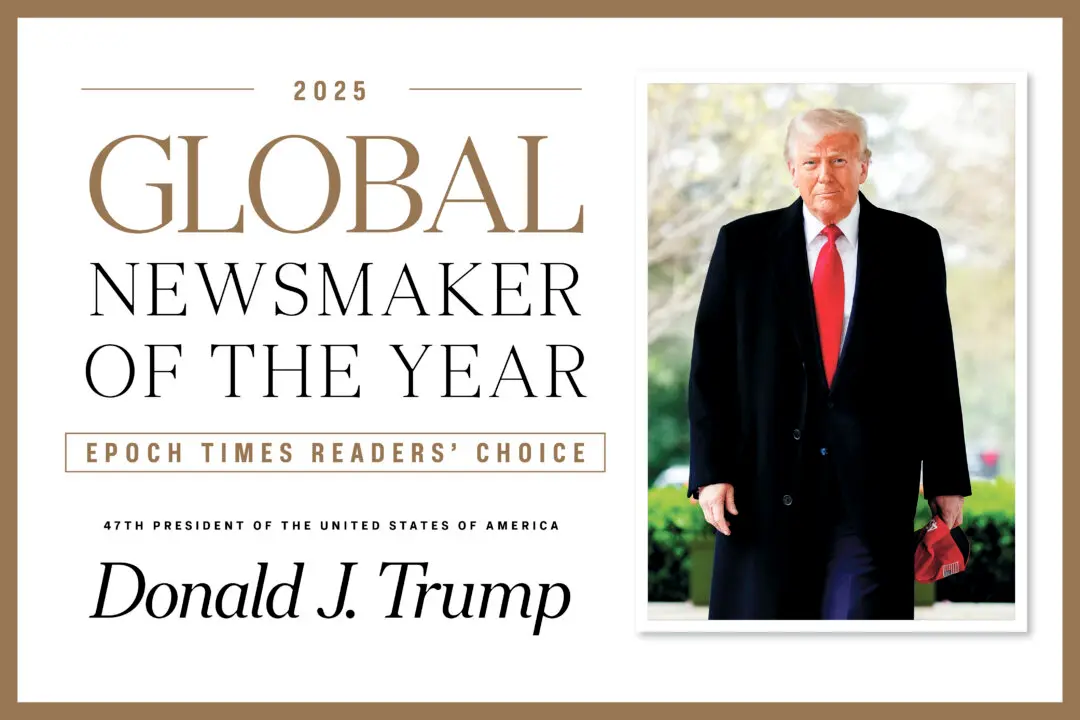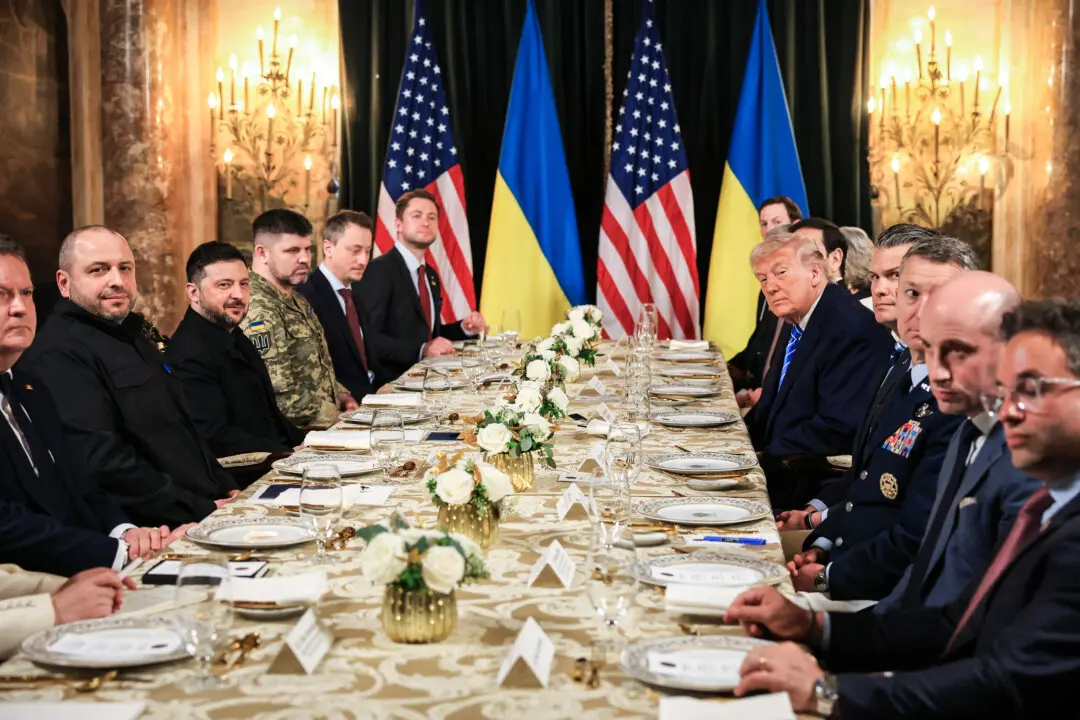SEOUL, South Korea—President Donald Trump became the first sitting U.S. president to step into North Korea on June 30 after being welcomed to cross the demarcation line at the Demilitarized Zone (DMZ) by North Korean leader Kim Jong Un.
The gesture, called “truly historic” by South Korean President Moon Jae-in, marked an unprecedented show of respect and growing friendship between the United States and North Korea that has caught many political pundits by surprise.





